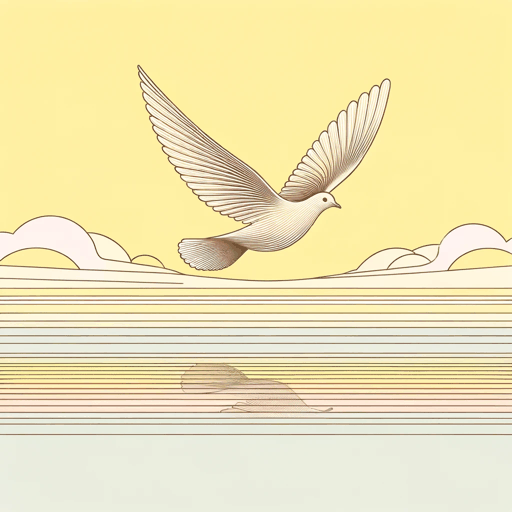36 pages • 1 hour read
John W. DowerWar Without Mercy: Race and Power in the Pacific War
Nonfiction | Book | Adult | Published in 1986A modern alternative to SparkNotes and CliffsNotes, SuperSummary offers high-quality Study Guides with detailed chapter summaries and analysis of major themes, characters, and more.
Part 4, Chapter 11Chapter Summaries & Analyses
Part 4: “Epilogue”
Part 4, Chapter 11 Summary: “From War to Peace”
It is difficult to pinpoint the actual turning point of the war in Asia, but by 1944, it was clear that Japan was defeated—and yet the war continued on for another year. The hatred inherent in the nature of warfare found a new destructiveness in the modern era and modern weaponry. World War II was an incredibly destructive war with the death toll in the tens of millions and without any possibility of an accurate body count. From such a merciless war it is difficult to understand how quickly the nations went from enemies to allies. The simplest possible answer to this seeming paradox is that the stereotypes engendered for both sides were absolutely false, and the racist/hateful rhetoric is flexible and easily transferred to another.
The beginnings of the Cold War had much to do with this transformation. Much of the badinage used to denigrate the Japanese was turned against the Soviets. But the Cold War was not the only factor. It was also possible to invert racism to something more benign:
In a time of peace […] the extremely negative wartime images of the Japanese as primitives, children, and madmen summoned forth the victor's more charitable side: as civilized mentor, parent, doctor, therapist—and possessor, without question, of superior power (305).
Related Titles
By John W. Dower


